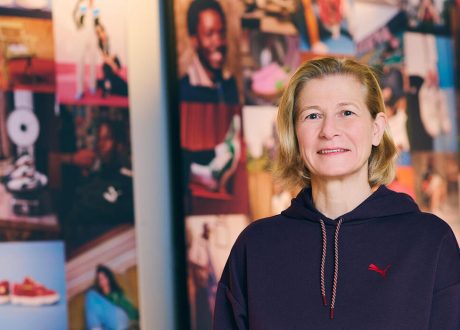
New ISO ESG Implementation Principles provide int’l guidance to streamline ESG practices
New ESG Implementation Principles launched the International Organization for Standardization (ISO) at the 29th United Nations ...

The European Bank of Reconstruction and Development (EBRD) decided to extend a €2.85 million loan to the ancient town of Slonim in western Belarus, to establish two biogas co-generation units with an installed capacity of 136 kWt each.
Slonim, the home to almost 50,000 people, has become one of the first municipalities in the country to receive the state-of-the-art biogas facilities that will help achieve significant energy savings.
Slonim has been selected among several Belarusian municipalities for the implementation of energy efficient and environmentally friendly water and wastewater improvements.
Financed with a €2.85 million EBRD loan, the units will produce around 2 GWh of clean energy annually and satisfy around 70 percent of the energy consumption needs of Slonim’s wastewater treatment plant.
The launch of the biogas facilities took place. An official ceremony was attended by the Chairman of the Slonim rayon Council of deputies Oleg Targonsky, the First Secretary of the Embassy of Sweden to Belarus Gunilla Davidsson and EBRD Head of Belarus Alexander Pivovarsky.
The investment was supported by grant funding from the government of Sweden and benefited from financial contributions from Austria and Finland.
The amount of energy annually generated by the new biogas facilities will be enough to provide street lighting for a municipality much larger than Slonim or fully cover the energy needs of 1120 average Belarusian households.
The facilities will help generate significant savings of hydrocarbons with an annual equivalent of more than 500,000 cubic meters of gas or more than 625,000 liters of oil. Likewise, annual CO2 emissions will be reduced by more than 246.000 tons.
The benchmark project is expected to pave the way for similar energy efficient solutions in other Belarusian municipalities and help adopt better wastewater sludge treatment practices, which may be eventually processed into fertilizers.
New ESG Implementation Principles launched the International Organization for Standardization (ISO) at the 29th United Nations ...
PUMA has already made strong progress in reducing its greenhouse gas emission over the past ...
The United Nations Trade and Development (UNCTAD) urged during the 29th United Nations Climate Change ...


اترك تعليقا